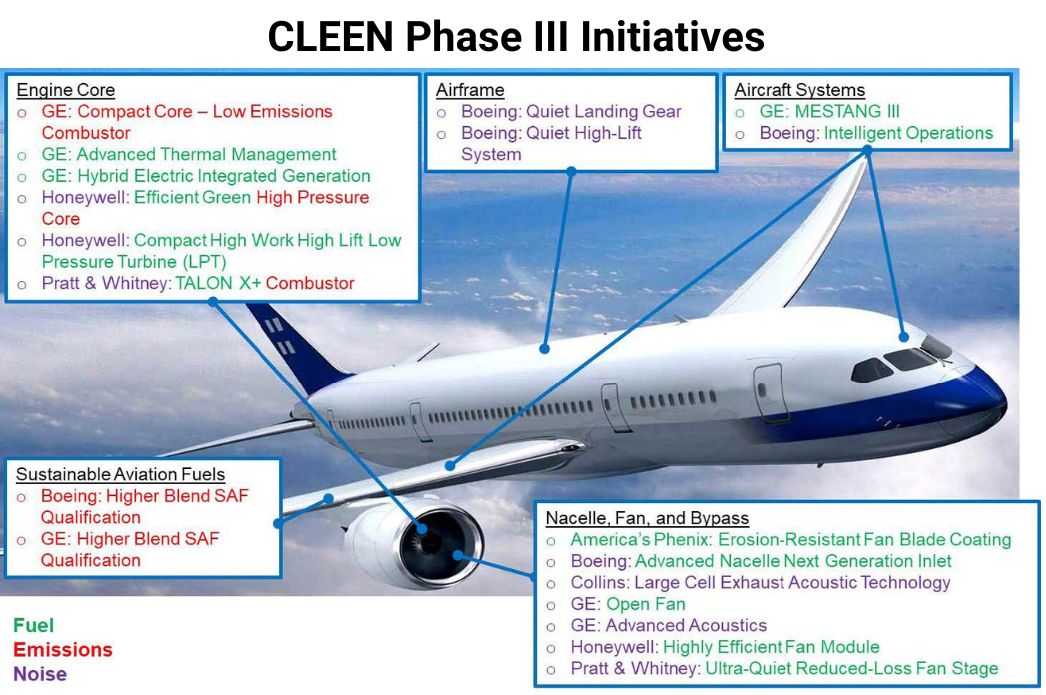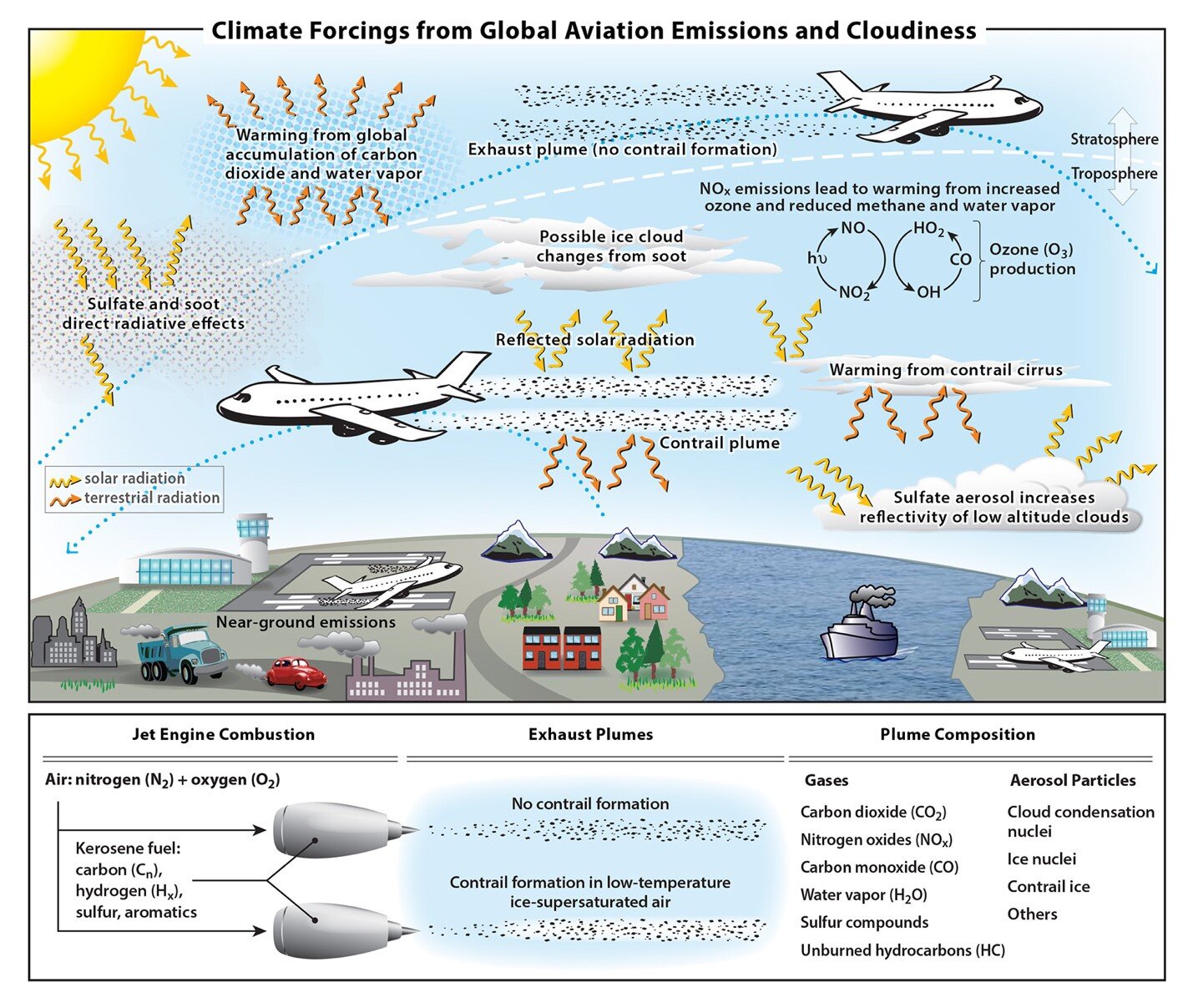Best aviation technology innovations for reducing carbon emissions

Taking Flight: Aviation Technology Innovations for a Greener Future
The aviation industry, a vital driver of global connectivity, faces a critical challenge: reducing its carbon footprint. As air travel demand surges, innovative technologies are emerging as key players in the fight for a sustainable future. Here’s a look at some of the most promising solutions paving the way for a greener sky:
1. Sustainable Aviation Fuels (SAFs):
SAFs, produced from renewable sources like waste oils and biomass, offer significant reductions in greenhouse gas emissions compared to conventional jet fuel. These fuels are already being blended with traditional jet fuel, with ambitious goals for full SAF deployment in the future. The industry is actively working on scaling up SAF production and reducing costs to make them commercially viable.
2. Electric and Hybrid-Electric Aircraft:
For shorter routes, electric aircraft are rapidly gaining traction. Companies like Eviation and Heart Aerospace are developing zero-emission planes powered by batteries, promising quieter and cleaner flights. For longer routes, hybrid-electric aircraft, combining electric propulsion with traditional engines, offer a feasible solution for reducing fuel consumption and emissions.
3. Advanced Engine Design:
Innovative engine designs are focusing on improving fuel efficiency and reducing emissions. This includes technologies like advanced turbofan engines with higher bypass ratios, lighter and more efficient components, and improved combustion systems. These advancements are crucial for optimizing fuel burn and minimizing environmental impact on long-haul flights.
4. Air Traffic Management Optimization:
Optimizing air traffic management systems can significantly reduce fuel consumption and emissions. Technologies like continuous descent approaches, optimized flight paths, and reduced taxiing times are contributing to a more efficient use of airspace, leading to lower fuel burn and emissions.
5. Lightweight Materials:
Utilizing lighter materials like composites and advanced alloys in aircraft construction can significantly reduce weight, leading to lower fuel consumption and emissions. These advancements are particularly important for long-haul flights, where weight savings translate into significant fuel reductions.
6. Bio-based Materials:
Replacing traditional petroleum-based materials with bio-based alternatives in aircraft interiors and components presents a promising avenue for reducing reliance on fossil fuels and lowering emissions. These materials, derived from renewable resources, offer a more sustainable approach to aircraft manufacturing.
7. Artificial Intelligence (AI):
AI is being utilized to enhance various aspects of flight operations, from optimized flight planning and scheduling to real-time fuel management. By leveraging data analytics and machine learning, AI can help airlines identify opportunities for fuel savings and emission reductions.
8. Carbon Capture and Storage (CCS):
Although not a direct reduction method, CCS technologies can capture and store carbon emissions from aircraft engines, mitigating their impact on the atmosphere. While still under development, CCS holds potential for reducing aviation’s overall carbon footprint.
Challenges and Future Prospects:
While these technologies hold immense promise, challenges remain. Scaling up SAF production, reducing the cost of electric and hybrid-electric aircraft, and gaining regulatory approval for new technologies will be crucial. Collaboration between industry players, governments, and research institutions is essential to accelerate the development and deployment of these innovations.
The journey towards a greener future for aviation requires a collective effort. By embracing these innovative technologies, investing in research and development, and fostering collaboration, we can chart a course towards sustainable air travel that connects the world while protecting our planet. The future of aviation is bright, and it’s time to take flight with sustainability at the forefront.

